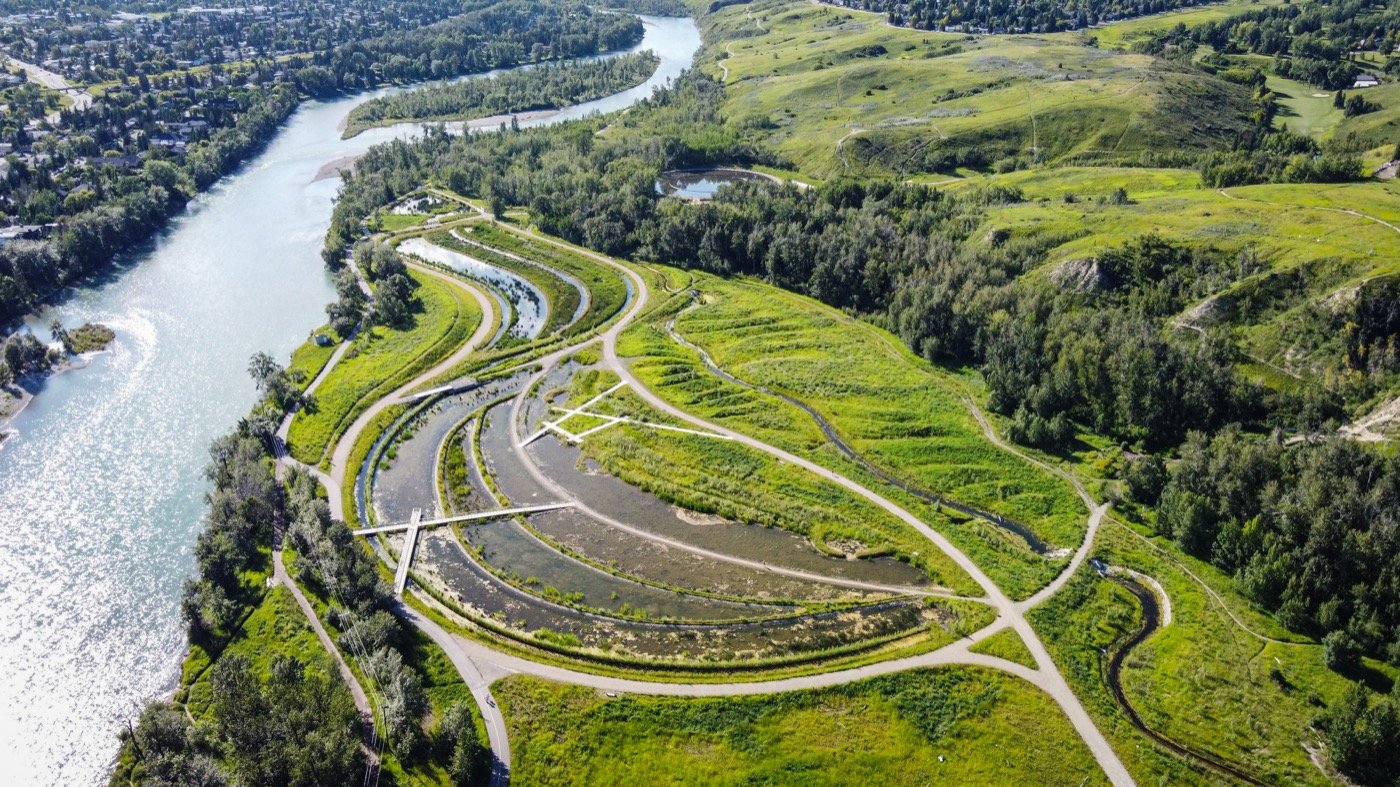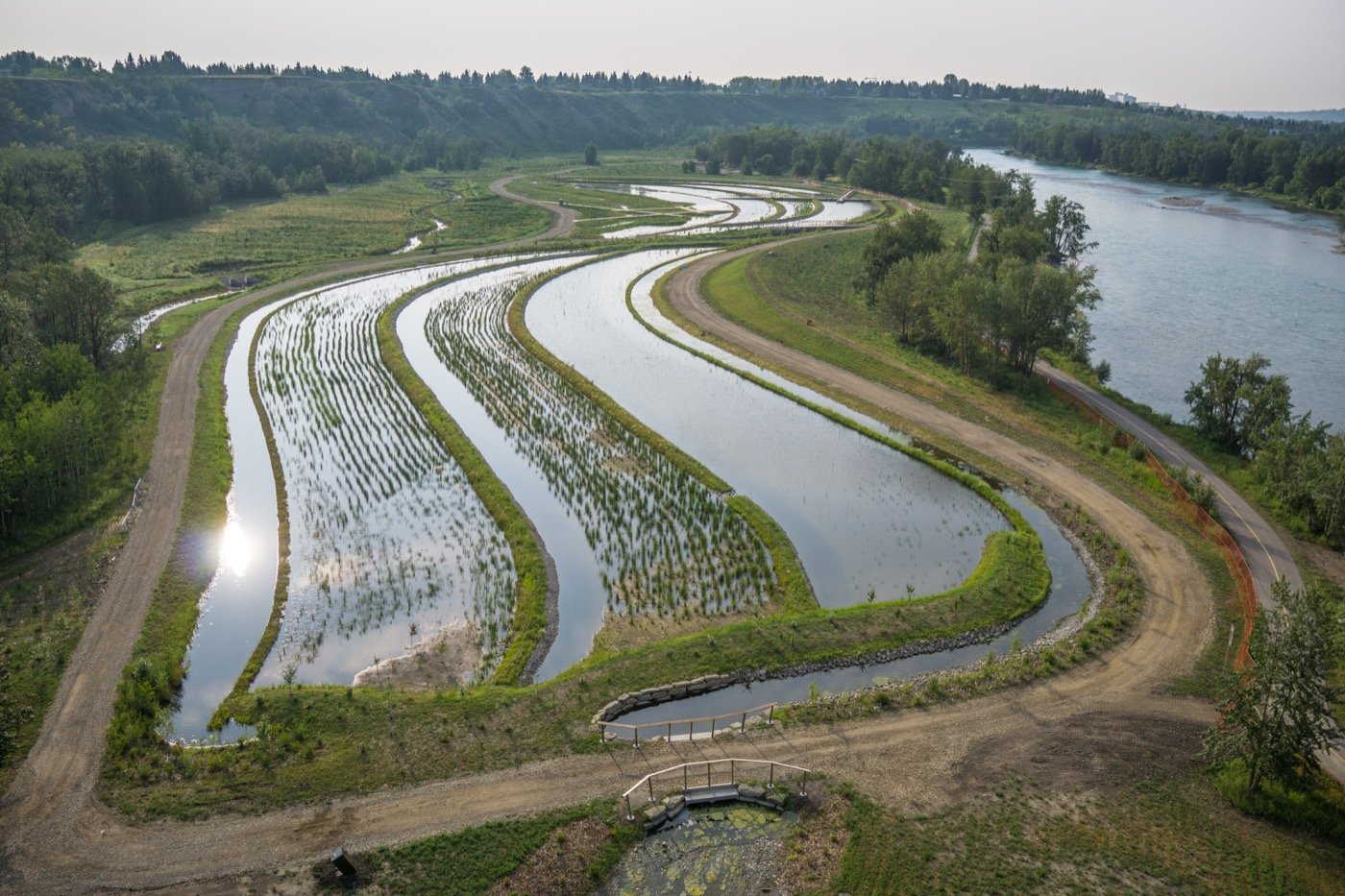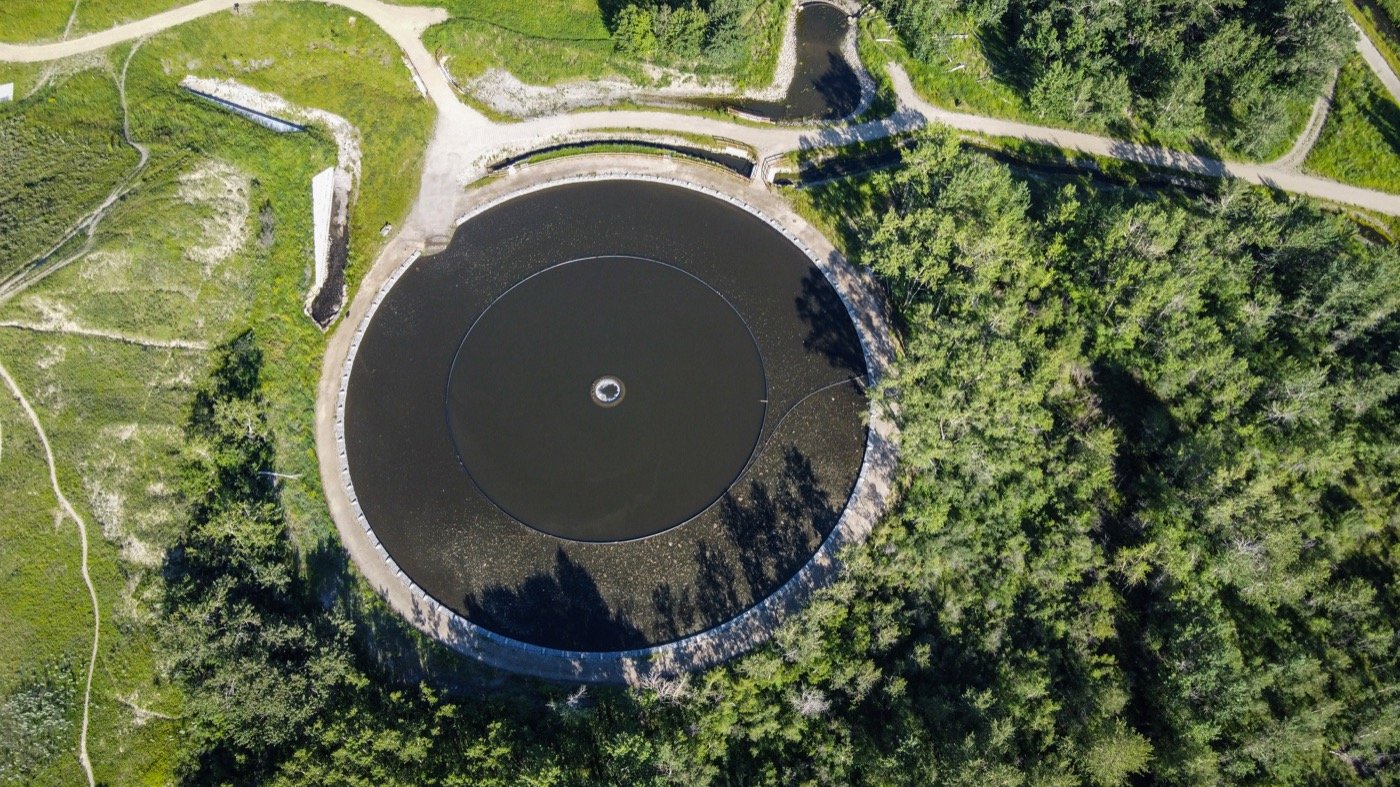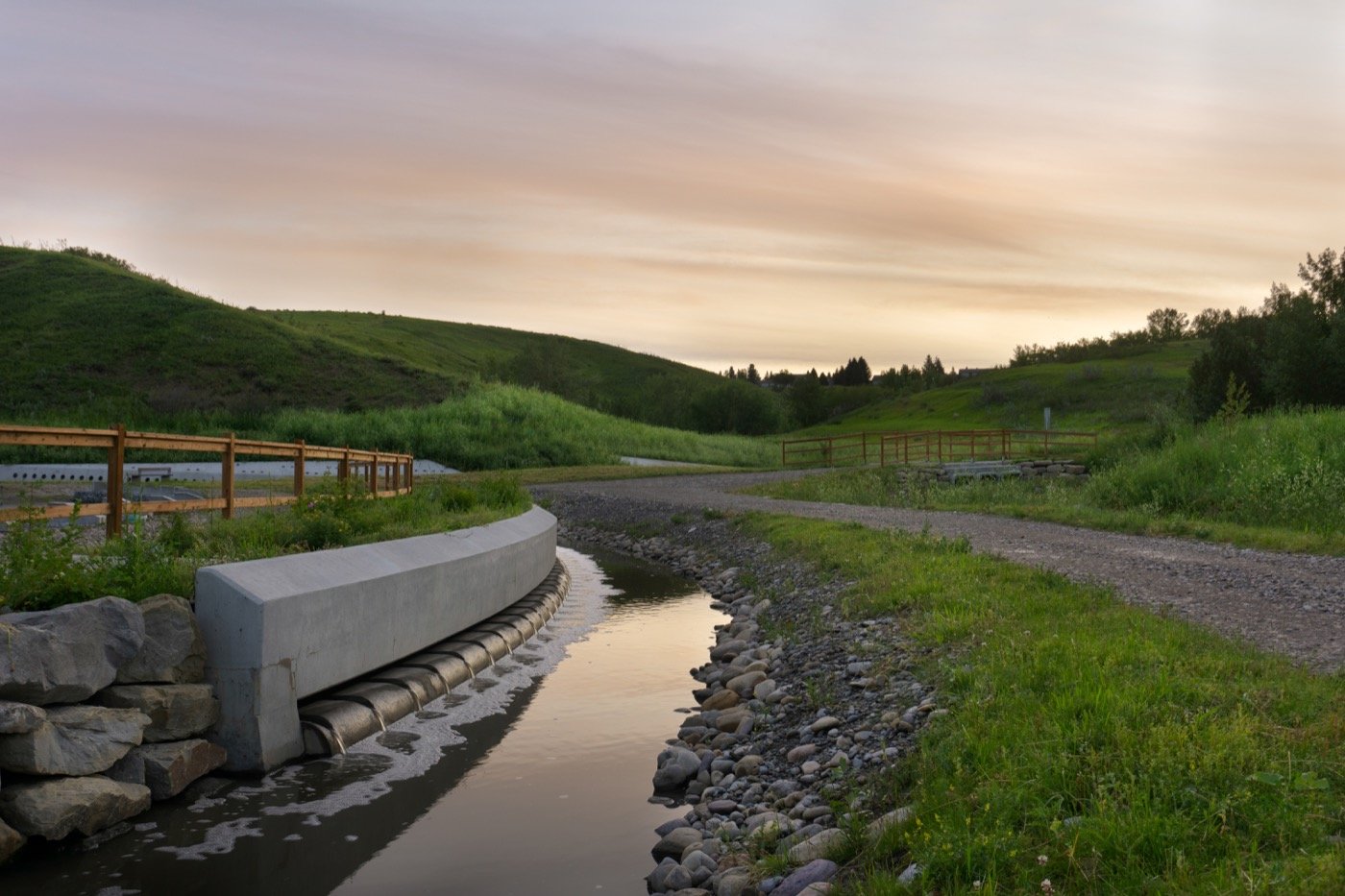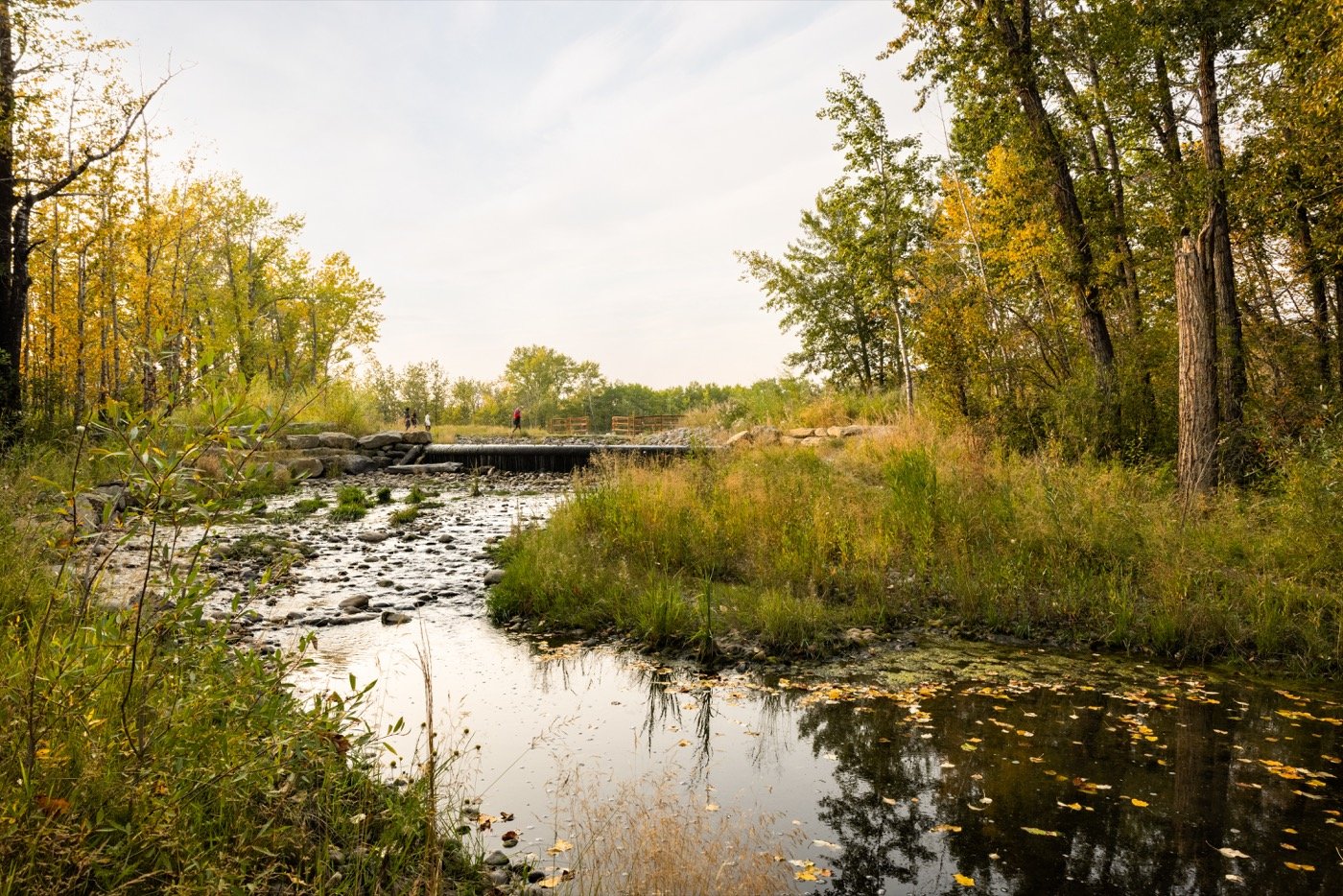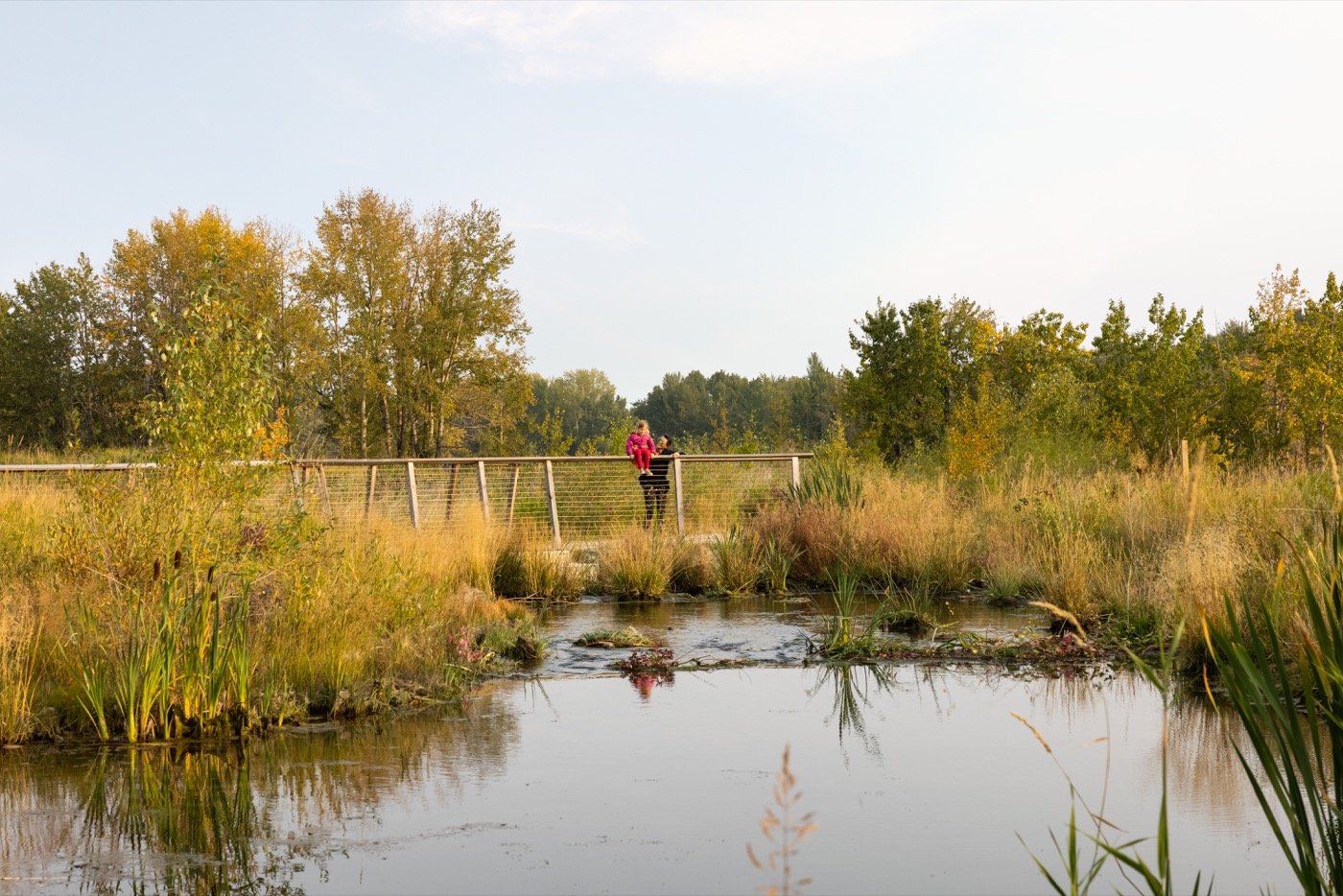
A8: Precedents
How do existing projects accomplish ecological design?
Connecticut Water Treatment Facility
New Haven, CT USA
Client
South Central Connecticut Regional Water Authority
Architect
Steven Holl Architects
Landscape Architect
Michael Van Valkenburgh Associates, Inc.
Year
2013
2010 Professional Awards Jury
“Exquisitely executed. Drawing the public into a treatment site and understanding the workings is strong. It is a great project concerning interaction of the architecture and landscape architecture, including the aesthetic. You can read the story of cleansing. The formal landscape design resolution is more compelling. It has a model railway quality for me. It is very sculptural in a highly urban area. I didn’t think of the educational element because the quality is so beautiful.”
Project Statement
In New Haven municipalities are looking to raise the bar for infrastructure design. Utilizing techniques focused on restoring the ecology through bioengineering the landscape surrounding the Water Treatment Facility acts as a microcosm of the regional watershed, resulting in humanely scaled terrain that both invites the neighborhood to take interest in the local ecology.
Frugal Elegance
With a limited budget of $5 per square foot both architecture and landscape had to be carefully designed. The sleek language of the facility offsets the landscape architecture, swales replacing traditional drainage systems. The landscape architecture serves a twofold purpose through making use of soil excavated for construction of the facility, soil that would have otherwise necessitated removal from the site at a premium.
Microcosm
The landscape is designed as a didactic microcosm of the regional watershed, integrating typologies from the region including farmland, meadows, and valley streams as integral features within the site. Stormwater and drainage from the facility’s green roofs is then filtered by this landscape before consolidating in a pond to replenish the groundwater table. Through its many footpaths the facility looks not just to provide a haven for native flora and fauna but to educate its public on the importance of such practices.
Dale Hodges Park
Calgary, Canada
Client
South Central Connecticut Regional Water Authority
Landscape Architect
O2 Planning & Design
Landscape Architect
Source 2 Source
Architect
AECOM
Architect
Sans Facon for Watershed+
Designed 2015
Built 2015
2021 Special Mention in the Infrastructure category
“Exquisitely executed. Drawing the public into a treatment site and understanding the workings is strong. It is a great project concerning interaction of the architecture and landscape architecture, including the aesthetic. You can read the story of cleansing. The formal landscape design resolution is more compelling. It has a model railway quality for me. It is very sculptural in a highly urban area. I didn’t think of the educational element because the quality is so beautiful.”
Adaptive Reuse
The park was born of a need to restore the environmental health of the area while addressing stormwater treatment opportunities for runoff from over 1,700 hectares of urban area. The site chosen had previously been a gravel quarry and has now been transformed into one of the largest public works of art in North America.
Riparian Importance
The team embraced the requirement for stormwater treatment as a chance for creative innovation rather than a limiting programmatic requirement. To do so the park is focused around the expression of stormwater as it moves through the site, making its journey apparent at each treatment stage. This is accomplished through the formal design of the system and through interventions that allow for a visceral experience of the water’s movement.
Positive Impact Downstream
Implementation of the project has resulted in numerous positive impacts. Through the visualization of the stormwater treatment process Hodges Park acts as a tool for educating the public. As a new type of high-performance public space, the park achieves multiple infrastructure requirements through a beautiful open space, providing ecosystem services and enhancing the quality of everyday life.
